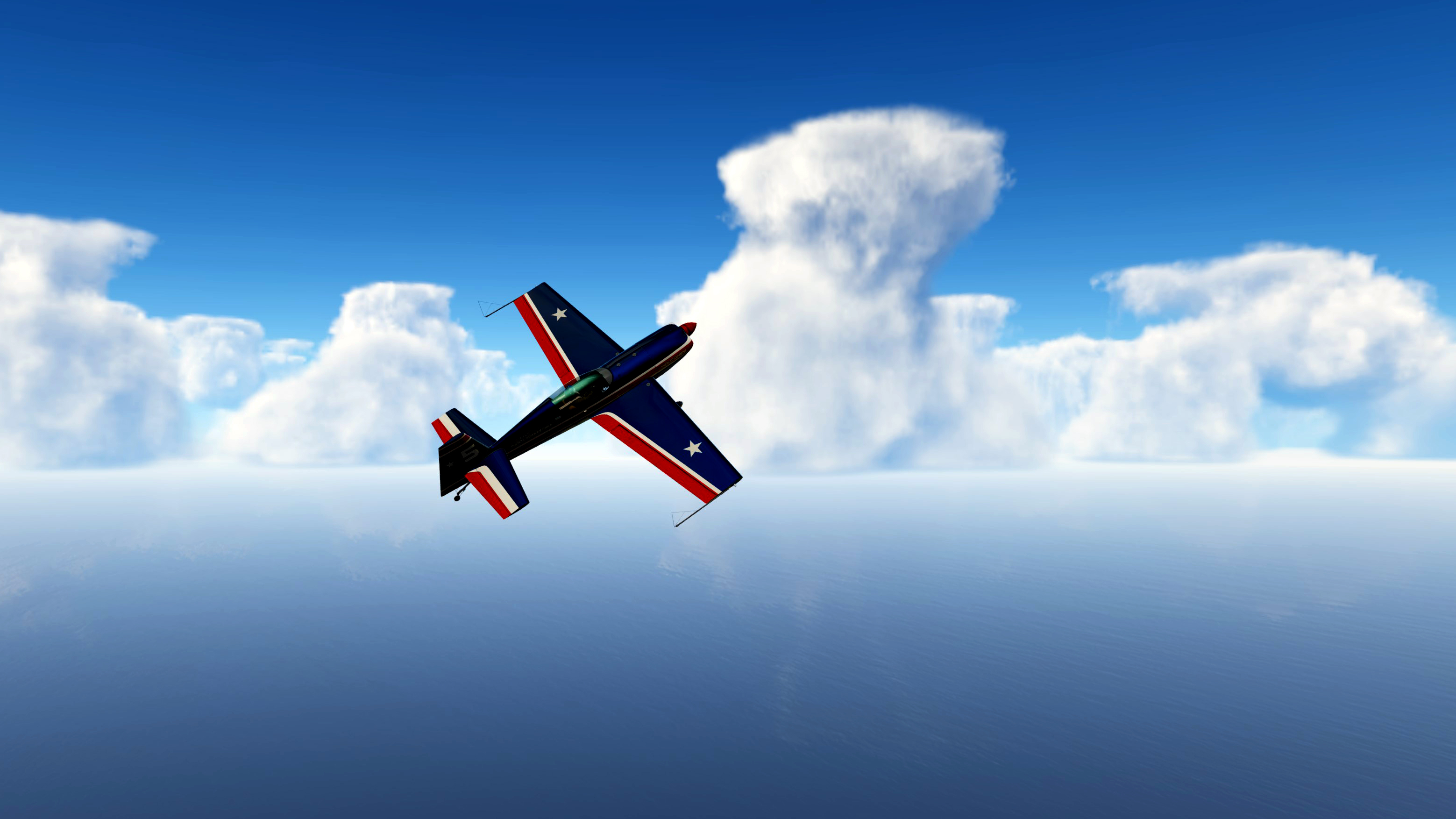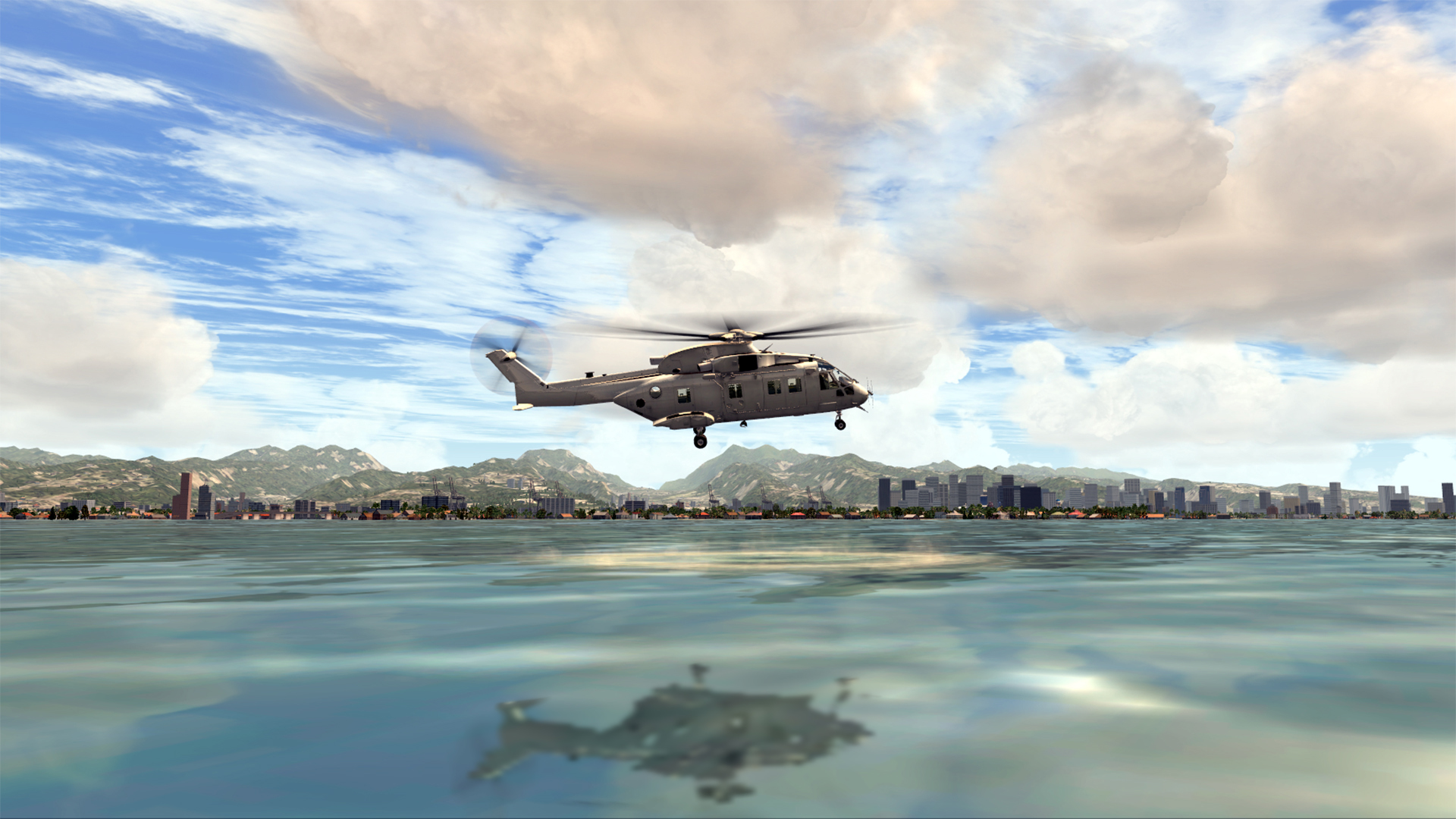

Chasers are also generally limited by the duration of the season in which severe storms are most likely to develop, usually the local spring and/or summer. Financial returns usually are relatively meager given the expenses of chasing, with most chasers spending more than they take in and very few making a living solely from chasing. A few operate "chase tour" services, making storm chasing a recently developed form of niche tourism. An increasing number sell storm videos and pictures and manage to make a profit. Storm chasers are not generally paid to chase, with the exception of television media crews in certain television market areas, video stringers and photographers ( freelancers mostly, but some staff), and researchers such as graduate meteorologists and professors. National Weather Service (NWS) for spotter training. Additionally, many recreational chasers submit photos and videos to researchers as well as to the U.S. These reports greatly benefit real-time warnings with ground truth information, as well as science as a whole by increasing the reliability of severe storm databases used in climatology and other research (which ultimately boosts forecast and warning skill). Many chasers also act as storm spotters, reporting their observations of hazardous weather to relevant authorities. Pecuniary interests and competition may also be components in contrast, camaraderie is common.Īlthough scientific work is sometimes cited as a goal, direct participation in such work is almost always impractical during the actual chase except for chasers collaborating in an organized university or government project. These can include the beauty of the views afforded by the sky and land, the mystery of not knowing precisely what will unfold, the journey to an undetermined destination on the open road, intangible experiences such as feeling one with a much larger and more powerful natural world, the challenge of correctly forecasting and intercepting storms with optimal vantage points, and pure thrill seeking.


Storm chasing is chiefly a recreational endeavor, with chasers usually giving their motives as photographing or video recording a storm, or for various personal reasons. 4 Geographical, seasonal, and diurnal activity.1 Nature of and motivations for chasing.


 0 kommentar(er)
0 kommentar(er)
